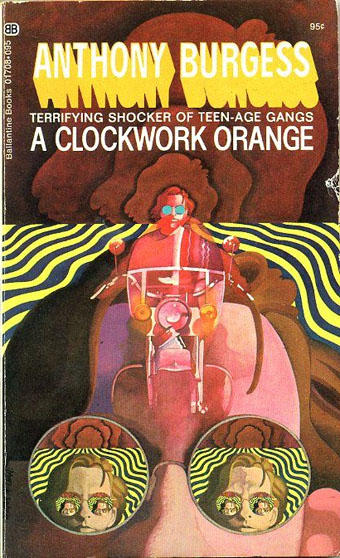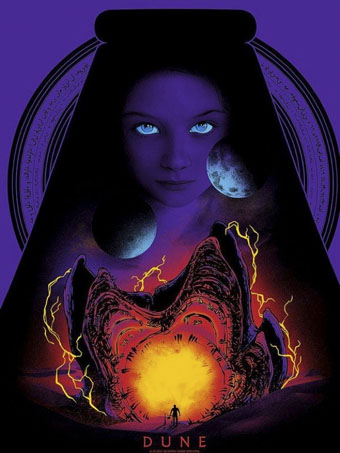Aquarius from the 1971 Astrologicalendar by Peter Max. Via.
• AOS of London: Psychogeographia Zosiana is a map guide to the London of Austin Osman Spare with accompanying illustrations by Ben Thompson. The book also contains an interview transcript in which Alan Moore talks about the importance of Spare’s work, and a contextual history by Gavin W. Semple.
• Emigre was “…a (mostly) quarterly magazine published from 1984 until 2005 in Berkeley, California, dedicated to visual communication, graphic design, typography, and design criticism.” The magazine ran for 69 issues which can be downloaded here.
• “The ultimate reason for initiating something ambitious is not to fulfill certain notions but to find out what surprises might emerge.” Stewart Brand, quoted in a long read by Alec Nevala-Lee about the Clock of the Long Now.
• At the Criterion Current: David Hudson on David Lynch’s life and work, an overview of the reaction to last week’s news. I was surprised to find my comments about Alan Splet included in the collection.
• At Wormwoodiana: Mark Valentine on the connections between Charles Williams’ The Place of the Lion and an obscure piece of fiction (or is it?) by Ruaraidh Erskine.
• At Public Domain Review: Illustrations by Jay van Everen from The Laughing Prince: A Book of Jugoslav Fairy Tales and Folk Tales (1921).
• At Colossal: Beguiling botanicals fluoresce in Tom Leighton’s otherworldly photographs.
• New music: Glory Fades by Yair Elazar Glotman & Mats Erlandsson.
• Old music: Cités Analogues by Lightwave.
• At Dennis Cooper’s: Georges Perec Day.
• The Clock Strikes Twelve (1959) by Bo Diddley | Clock Factory (1993) by The Sabres Of Paradise | Clock (1995) by Node




